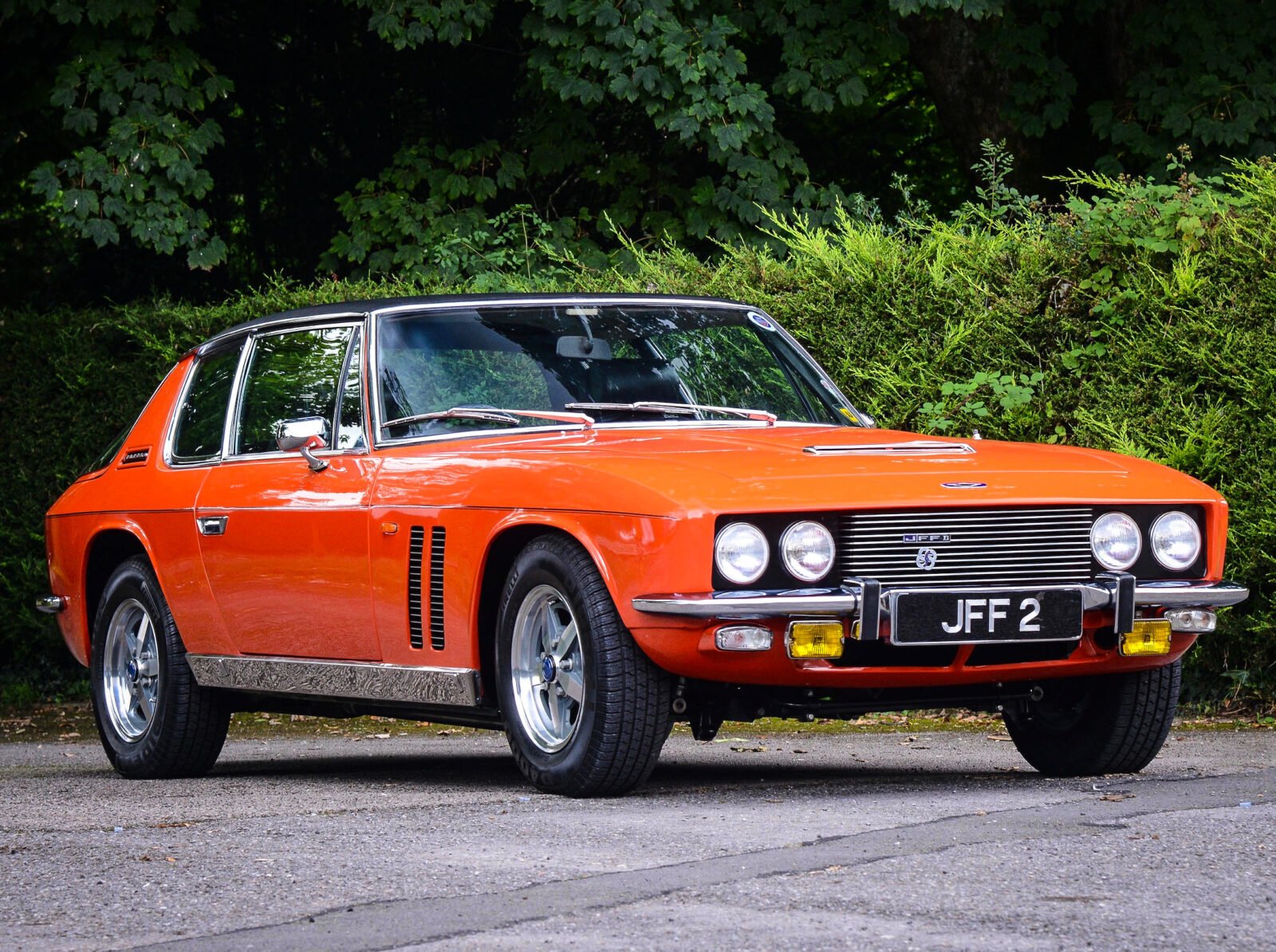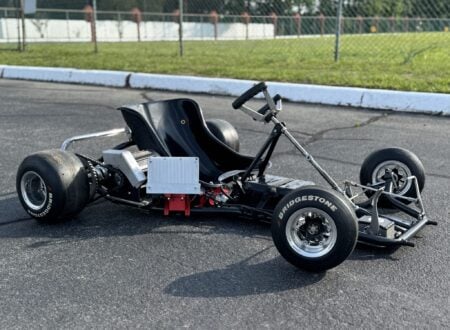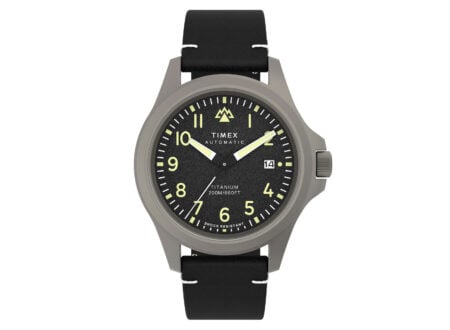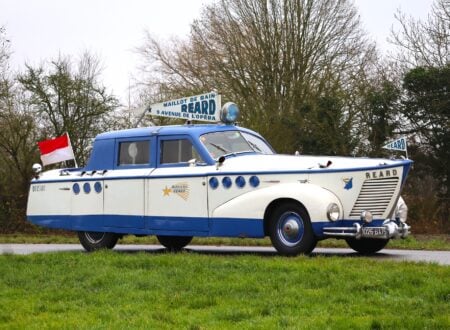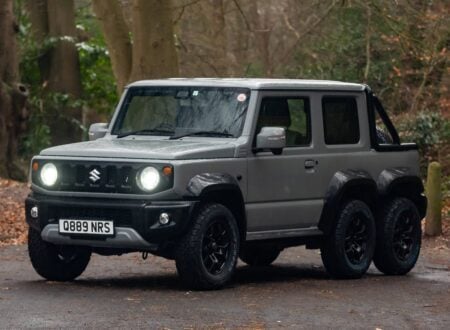When the Jensen FF was released in 1966 it made the motoring world sit up and pay attention. The FF was the first production car with all-wheel drive, it was also the first production car with an anti-lock braking system.
To say the model was ahead of its time would be a considerable understatement, though because Jensen only managed to sell 320 of them between 1966 and 1971 very few people have ever even heard of the model, let alone seen one in person.
Fast Facts – The Jensen FF
- The Jensen FF was directly based on the body of the much better known Jensen Interceptor, a British built grand tourer with a body styled in Italy by Carrozzeria Touring and a V8 engine supplied by Chrysler.
- “FF” stands for “Ferguson Formula,” an all-wheel drive system developed by Ferguson Research Ltd and licensed to Jensen.
- The Jensen FF is 5 inches longer than the standard Interceptor, it’s also slightly heavier. It can be visually distinguished from its stablemate by the twin vents on the front fender (there’s only one on the Interceptor), and it’s different front end.
- The American V8s used in the FF and the all-wheel drive system proved largely bulletproof, the main weakness of the cars lay in their rust-susceptible steel bodies.
Jensen Motors – A Different Kind Of Automaker
By the time the Jensen FF was released in 1966, Jensen Motors already had a long track history of producing innovative vehicles. The company had been founded back in 1922 as W J Smith & Sons Limited by brothers Alan and Richard Jensen,m and they quickly made a name for themselves with their automotive designs.
In 1934 they were commissioned by Clark Gable, arguably the biggest movie star in the world at the time, to build him a custom Ford V8. This brought the company considerable free publicity and no small amount of prestige.
Above Video: The team at Classic Driver take a look at the Jensen FF and the modern Ferrari FF, both all-wheel drive production cars, though very different in their execution.
During the 1930s the company diversified into also producing commercial vehicles, and during WWII they aided the war effort by building parts for military equipment, including turrets for tanks.
In the years after WWII things got really interesting, Jensen began using a new lightweight composite material, better known as fiberglass, to make their car bodies. This allowed them to make automobiles with sweeping curves without the need for expensive steel stamping equipment. These car bodies were also lightweight and impervious to rust.
Cars from this era, like the Jensen 541R and the Jensen CV8, were precursors to the vehicle that Jensen would release in 1966 – the Interceptor. The Interceptor would go on to become their best selling car ever, and the Jensen FF would be closely based on it, looking almost indistinguishable to the untrained eye.
Due to a slew off problems that arose in the 1970, key among them the 1973 Oil Crisis, Jensen Motors stopped trading in 1976. There have been a few attempts to restart production in the years since, and remarkably it’s possible to buy yourself a new, modern version of the Jensen Interceptor today.
The Jensen FF – A Forgotten Grand Touring Legend
When Audi was setting about designing their Quattro all-wheel drive system in the late 1970s they sent out buyers to find them a secondhand Jensen FF. They then disassembled the drivetrain and studied how it worked.
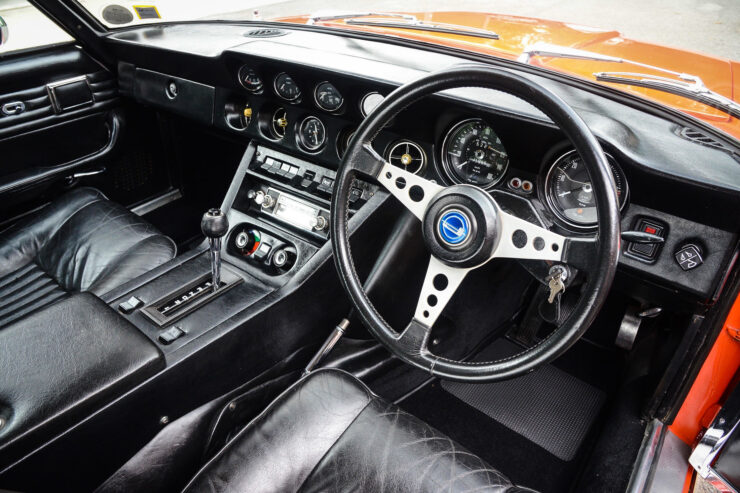

Audi would later develop their own all-wheel drive cars for both motorsport and regular production, winning countless races and a number of world championships in the process.
The influence that the Jensen FF had on all-wheel drive production road cars was signifiant, we know they influenced Audi and almost certainly Subaru, by the mid-1980s Audi had spread the gospel of four-wheel drive through the church of Group B – making it the de facto drivetrain of choice for those who wanted to win.
The design off the FF all-wheel drive system looks much as you’d expect, with power sent to a central differential which then sends varying amounts to the front and rear differentials. The standard power split is 33% front and 67% rear.
“FF” stands for “Ferguson Formula,” an all-wheel drive system developed by Ferguson Research Ltd and licensed to Jensen. This system was combined with the Dunlop Maxaret mechanical anti-lock braking system that had previously only been used on aircraft, trucks, racing cars, and prototype road cars.
Ferguson Research had developed their own all-wheel drive Formula 1 car in 1961, the Ferguson P99, and despite limited funding it proved to be successful, winning the 1961 International Gold Cup at Oulton Park with Stirling Moss at the wheel. The car would then be driven by Peter Westbury who used it to win the British Hillclimb Championship in the same year – proving that the concept was perfect for motorsport.
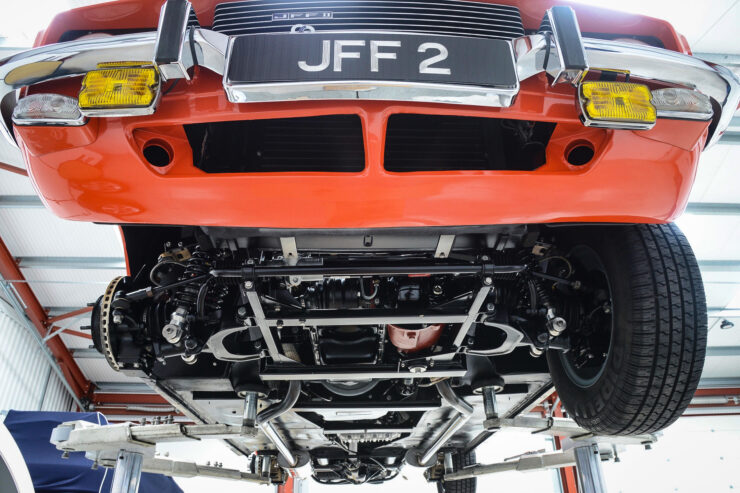

One design error that was made during the development of the Jensen FF was that no allowance was made for a left-hand drive version. The FF AWD system encroached on the left side of the passenger compartment and resulted in it not being suitable for a left-hand drive set up, this meant that a US version of the car couldn’t be built, and it severely limited the export sales potential of the new car.
Much as with the Interceptor, power was provided by prodigiously proportioned American V8 engines though unlike the Interceptor there was no manual transmission option with the FF – the automatic gearbox was directly linked to the Ferguson Formula system.
With just 320 examples of the Jensen FF built and somewhere over 100 remaining the car is now a much sought after historic vehicle, the biggest difficulty of owning one is paying the fuel bill and explaining to well meaning passers by that it’s not “just” an Interceptor.
The Jensen FF Shown Here
The can you see here is the nicest looking FF we’ve seen come up for sale in years, it’s been owned by one family since it was just six months old, and it was returned to the Jensen factory in the 1980s to have some body restoration work done.
During this time it also had its brakes upgraded to discs all round. It also received new front wings, door skins, and rear quarters, and front and rear valances were fitted. The vehicle was then dry-stored for 25 years, in 2010 a partial restoration was undertaken, and today the car retains its original matching engine, gearbox, transfer box, and front and rear differentials.
Bonhams are due to offer this remarkable FF for sale on the 18th of September with a price guide of £90,000 – £120,000, which works out to approximately $120,000 – $170,000 USD. If you’d like to read more about it or register to bid you can click here to visit the listing.
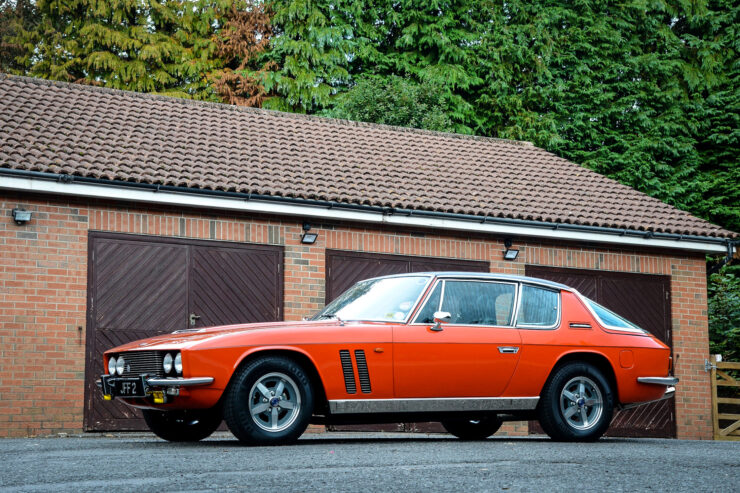
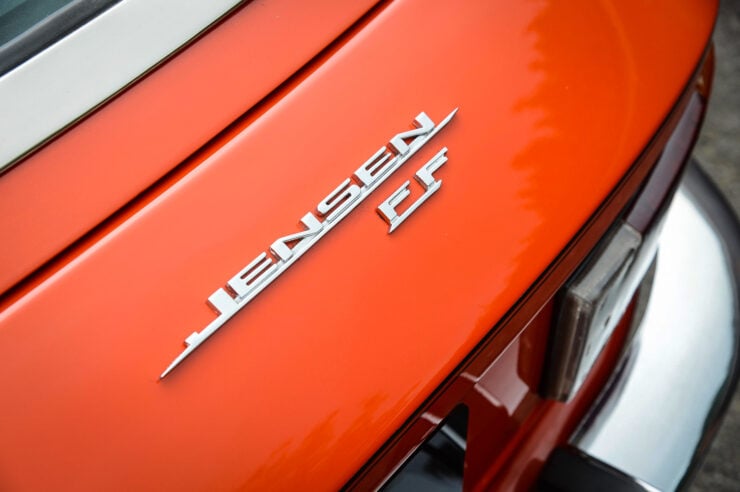
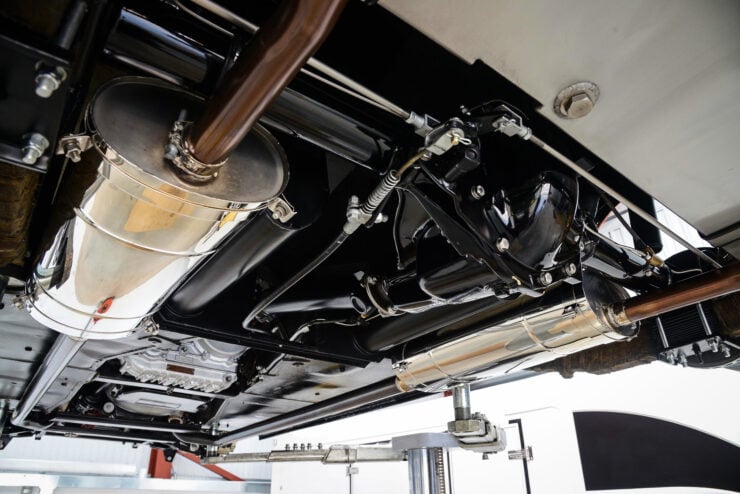
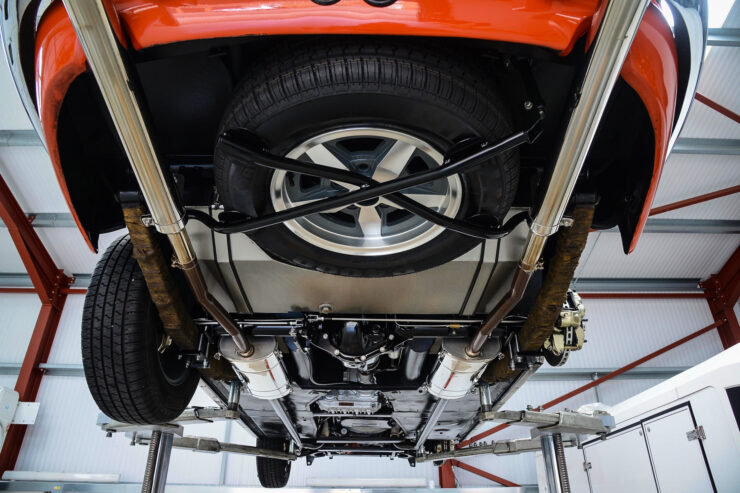
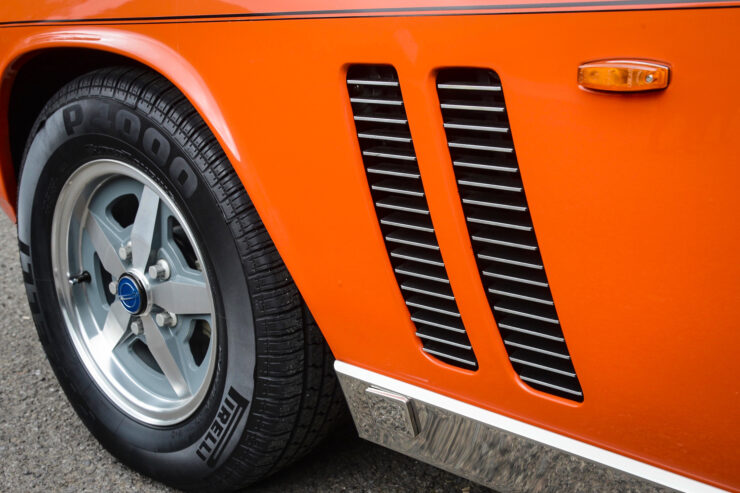
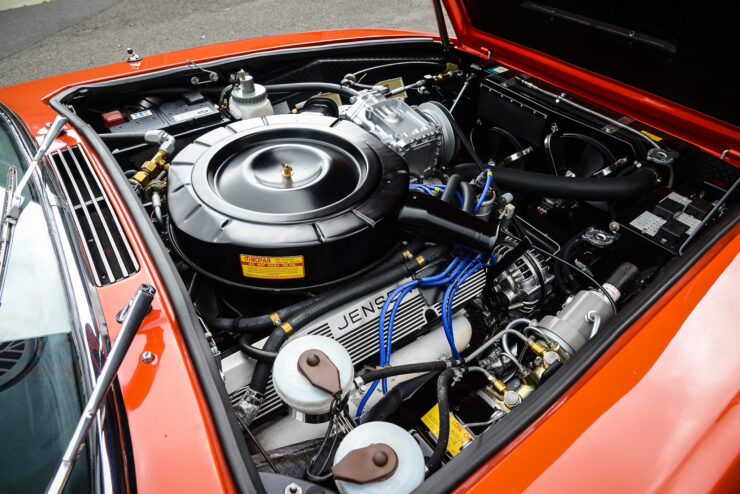
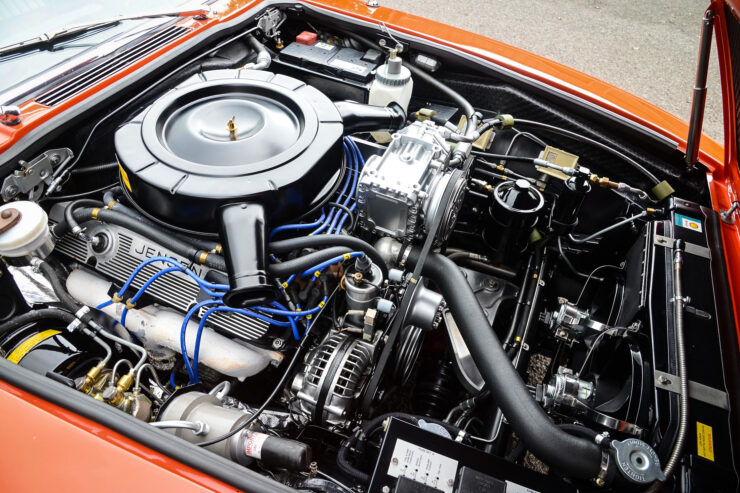
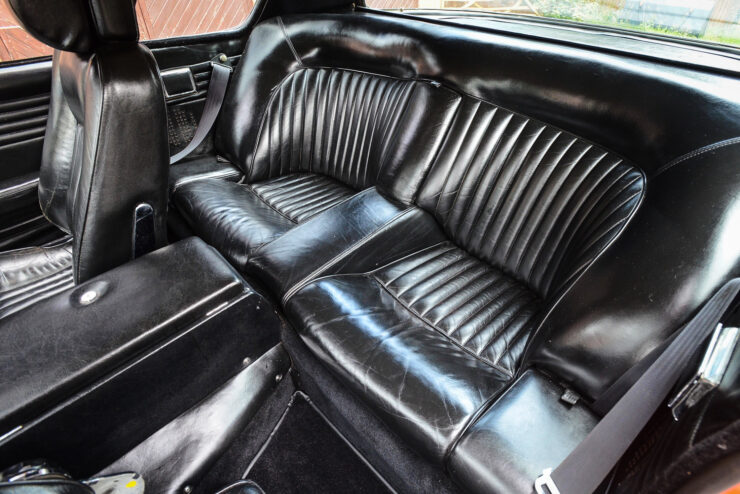
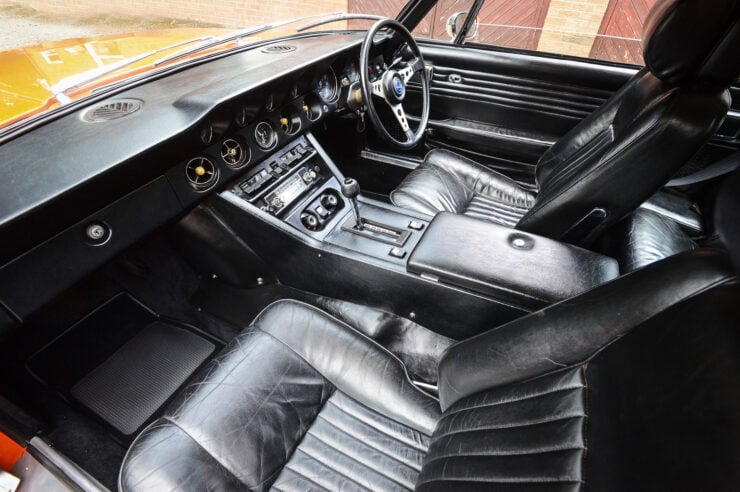
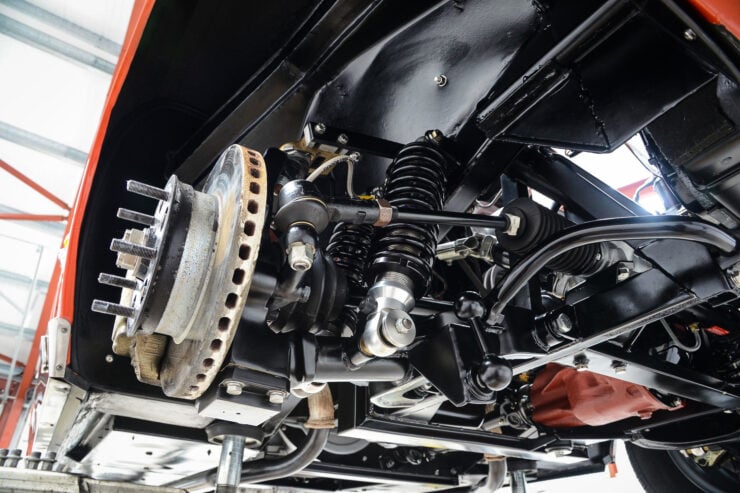
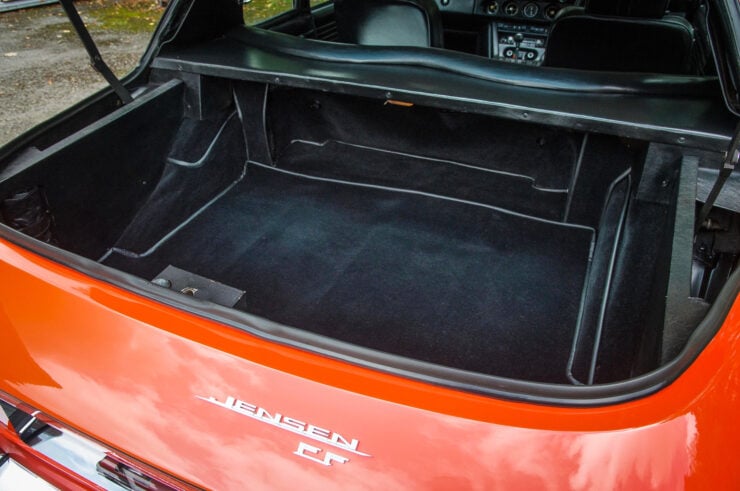
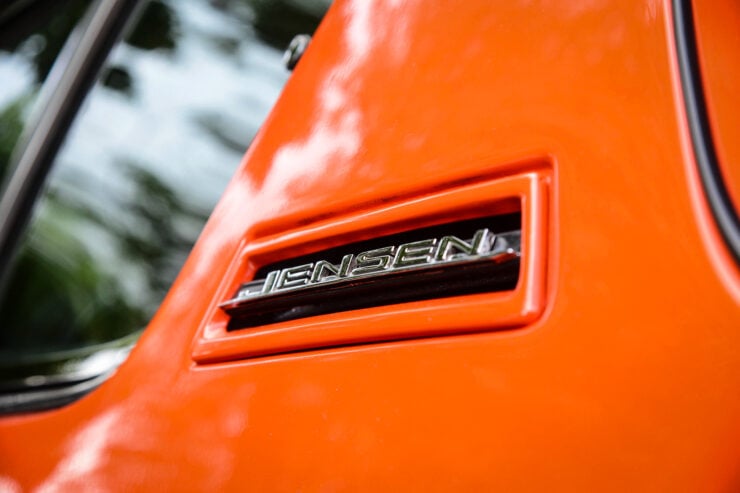
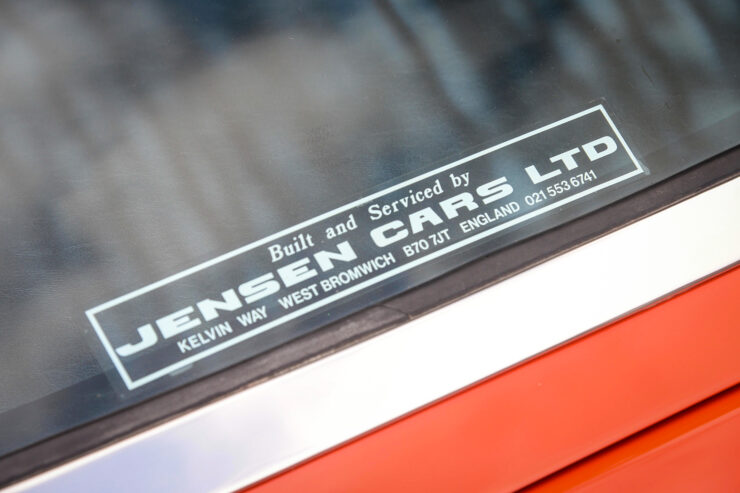

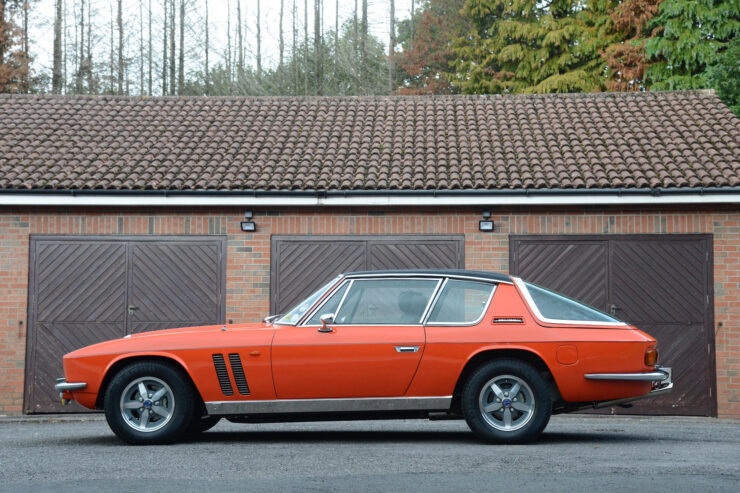
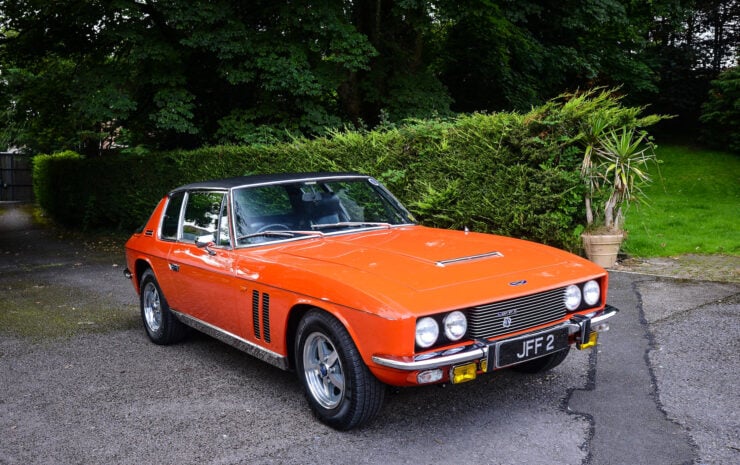
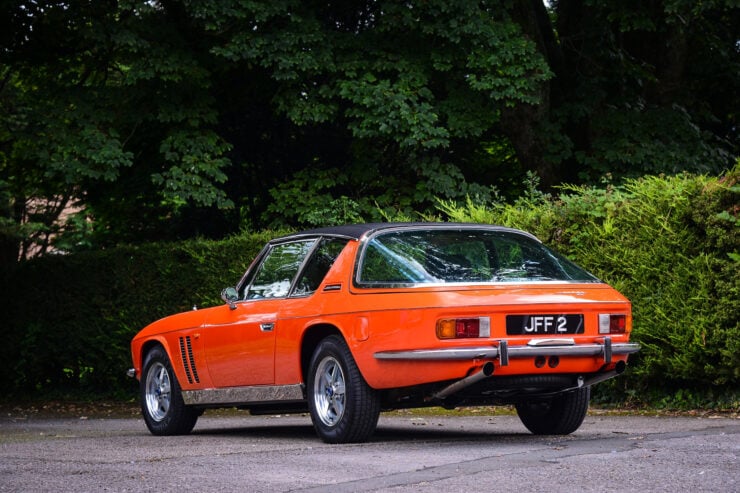
Images courtesy of Bonhams

